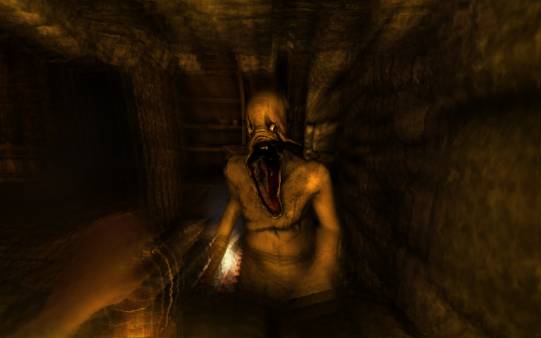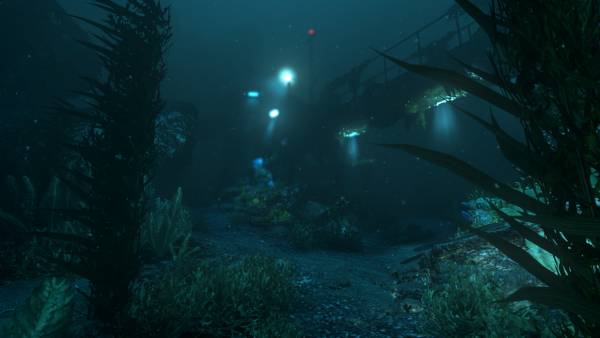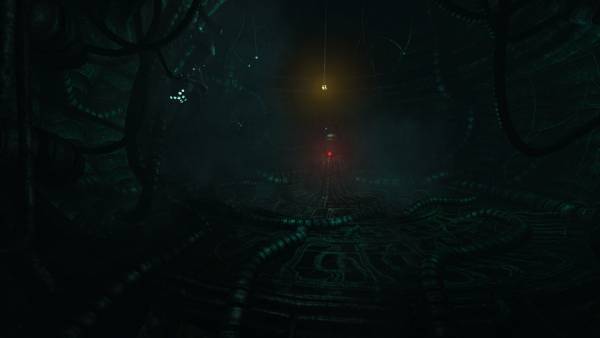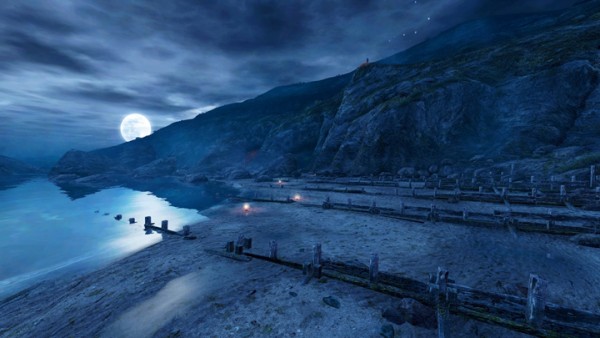Amnesia: A Machine for Pigs, developed by The Chinese Room has been released to an eager crowd. It was produced and published by Frictional Games and has been described as an indirect sequel to Amnesia: The Dark Decent. Whilst set in the same world, A Machine for Pigs is set almost 150 years into the future. The story focuses attention on a wealthy Victorian industrialist called Oswald Mandus on New Year’s Eve, 1899. After suffering from a horrific fever following a trip to Mexico which knocked him out for several months, Oswald wakes up in his mansion with no recollection of his past. Upon receiving a call from someone called the “Engineer” who informs Oswald that his children are stuck deep within the machine below his mansion. He sets out to uncover the dark world of this Machine that his life has become intertwined with.
In terms of graphics the game looks beautiful and incredibly polished. Whilst following a same dark pallet found within The Dark Decent, A Machine for Pigs still finds a way to weave a very black and disturbing world all of its own. This is particularly true within the mansion where the player first finds themselves. The grand and rich atmosphere of the Victorian era shines through. Late renaissance images, haunting in their own right, cover the walls and lush, blood stained dining rooms, hallways and bedrooms all blend to create a wonderful sense of tension whilst urging you to explore further. When you make it into the Machine itself the game goes out of its way to paint a depressing, utilitarian feel. Gears and clockwork marching the endless production of the machine onwards. Whilst not as unique as the mansion and pretty similar each, ‘level’ of the factory has its own shop of graphical horrors from questionable sewage systems to sinister furnaces burning the unknown quantities of blood pressed within them. The issue here is that the world is so intoxicating that you want to explore more of it, particularly the world of Victorian London that it depicts, but the game’s linear design prevents any exploration. Whilst this does allow for the game to impress in set locations it would have been great to see this world of machinery on a larger scale.
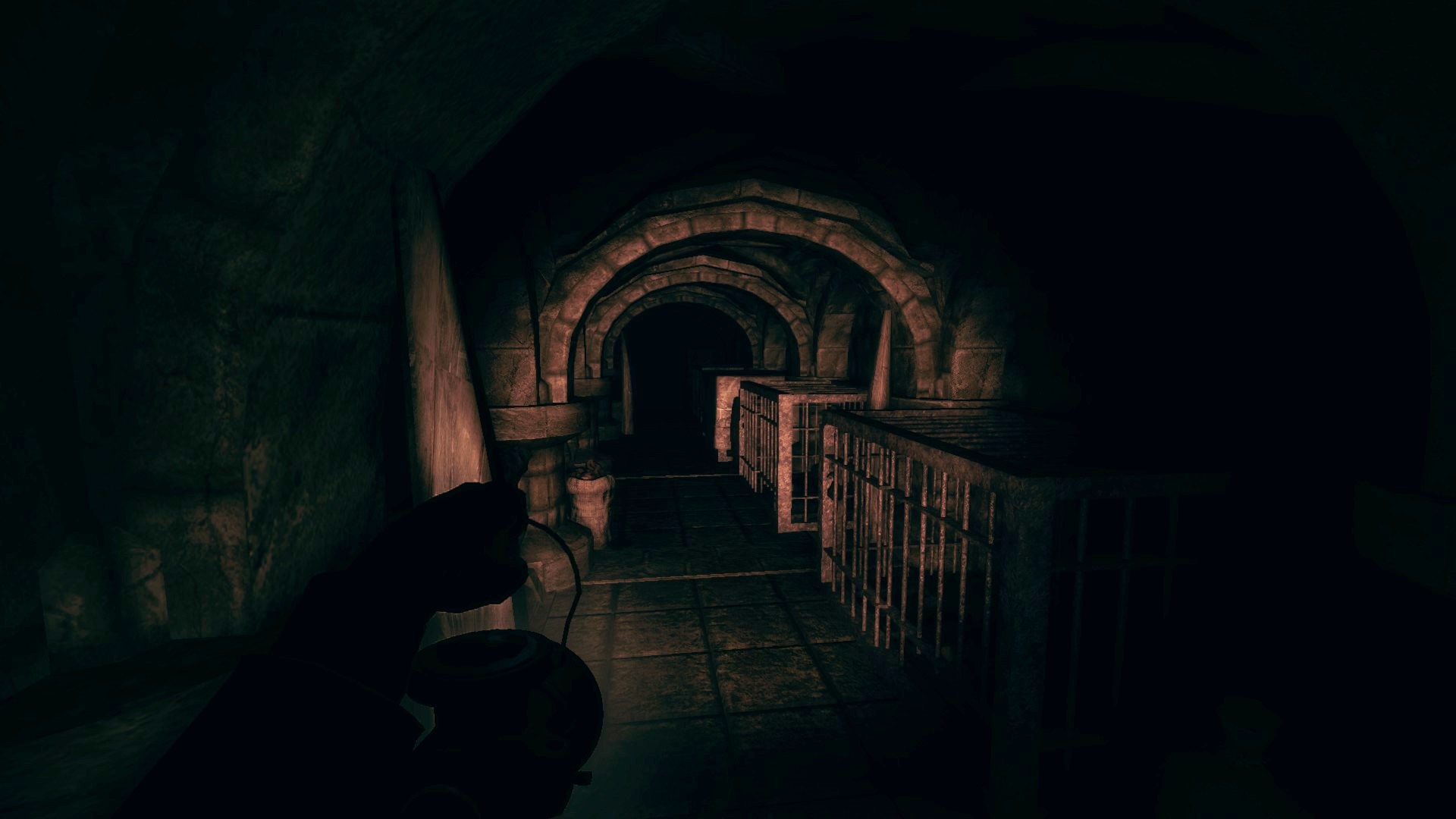
Locations such as the, ‘production room’ does make your hair stand upright.
What is even more impressive than the visuals is the soundtrack. It is not simply crescendo orchestral pieces that cause you to lose breath as you venture around each corner with a knot in your stomach. The small touches make the atmosphere of the game almost teeth-shatteringly frightening. The slamming of your footsteps is often suddenly followed by horrific screams and torment from the factory. Grunting and snorts from the pigs which shuffle around the floors of this world ramps the tempo ten-fold and it can eat away at you over time as you try to pin point where they are hiding. This makes the occasional door slamming shut ahead of you, the distressing pictures found through the mansion and occasional glimpses of what really goes on in this world all the more unnerving. The voice actors should be given full credit for their performances. They both fit the time period and further explain the decent into madness that your character experiences. The use of a phone and recorder system with scattered audio files tie with the visuals perfectly and adds to the foreboding nature of the world. What A Machine for Pigs does right is this tension and atmosphere, the world is just alive, from what you are shown of it. It says much about The Chinese Room’s ability to forge such a nightmarish place.
However, the issue with A Machine For Pigs is that it is supposed to be a “survival horror” title, and the gameplay struggles to follow through where the design and sound set the foundations for. A Machine For Pigs has been developed by a different company, thus the feel and style of the game would always be unique, so to compare it too much to Amnesia: The Dark Decent is not really worth attempting. Yet with the removal of the original game’s sanity meter and with the introduction of a lantern which never runs out of juice, the game simply cannot rely on the original fears of item conservation and avoiding the dark which The Dark Decent used so well. A Machine for Pigs is supposed to be a more engrossing experience, this is where the fear should come from, to understand and reach every nook and cranny of the game. Yet the game must still be a survival horror for this fear to work. Again this is why the first hour of the game, set nearly entirely in the Mansion works so well. You have no idea about what is going on, you are in the dark as much as your character is and the desire to explore every room is just too much to resist. Each new titbit of knowledge comes at the price of a shuffle behind you, the maddening cries down a hallway or the trail of blood left from a creature stalking you in the shadows. It is genuinely terrifying. The interplay of understanding vs. scares is at its best right at the start, when you get within the machine it never quite meets that level of fear again.
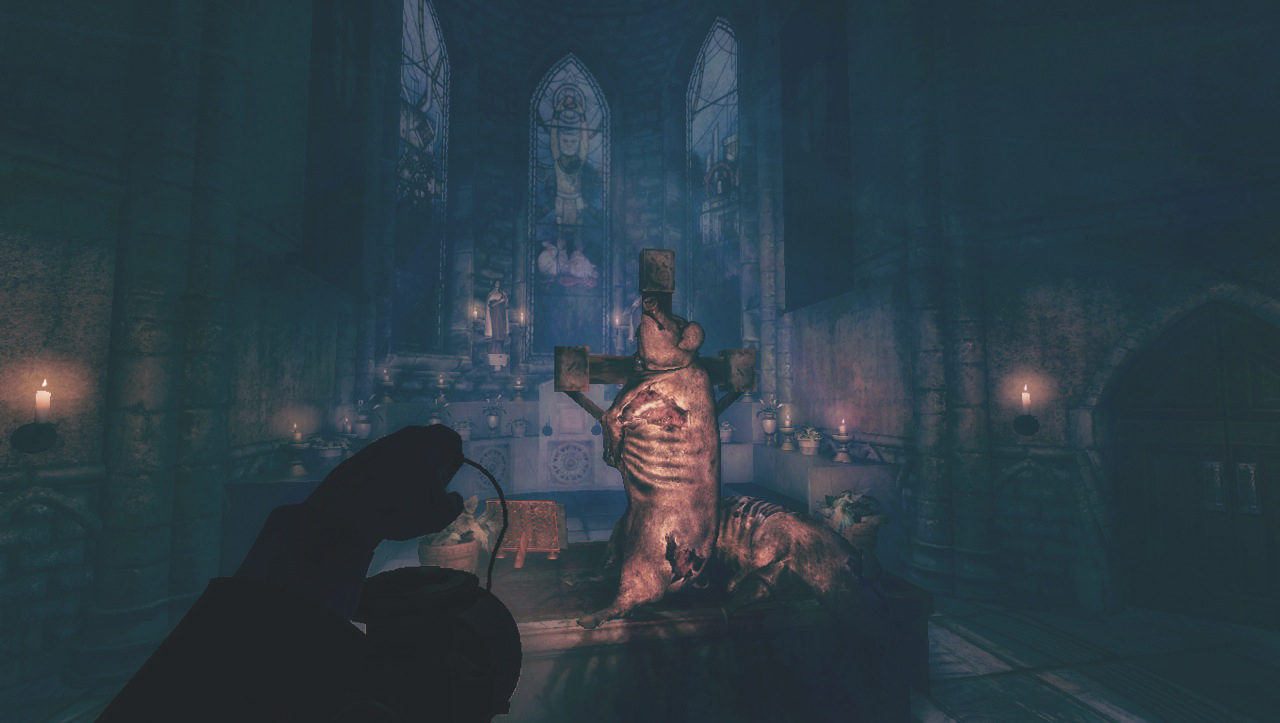
Symbolism and pigs, a consistent theme in this game.
The gaming is chilling and disturbing this is for certain, but it just loses a lot of scare potential due to some design choices. A Machine for Pigs is heavily scripted; the unique roaming of creatures found in Dark Decent is not around. Not only this but the pig-like creatures that are supposed to be after you seem to have taken a chill pill because attacks by these animals are just so rare. Tension build up is needed, sure, but if the build-up lasts too long, then the scare loses its bite as it simply doesn’t happen enough. After a while you just come to expect that nothing scary ever happens, and that is a worrying concern. A.I for the pigs is also very limited, they are easy to dodge and in most cases will just run away from you. The puzzles in the game are fitting for the mechanical world that you find yourself within, flick switch A to power piston B, but they are more like gateways blocking the plot rather than genuine mental challenges.
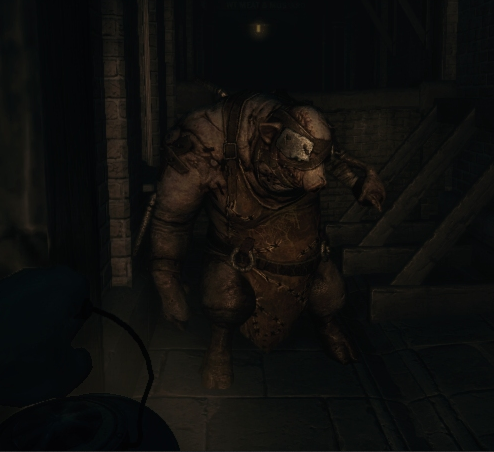
They don’t show up often, but when they do, best not to stare at them for long.
So, if the game does not scare and the gameplay mechanics are simplified, just there to give the player purpose, then the plot must carry a lot of weight to make the very tiny 4 to 6 hour journey through Victorian London worth it. Again it starts off strong, yet certain plot twists which occur about half way through the game are not only predictable, but also remove you further from the scare factor of the game and drop you more into a realm of lunacy. Now, the Amnesia series isn’t exactly supposed to be realistic, shadow orbs from other dimensions and dark forces attempting to eat your soul are out there but the logicality of the actions behind certain characters within the game is just strange. Yes it is all creepy and spine tingling but it isn’t horrific or terrifying. Imagine something more like, “oh, why would someone do that? Interesting.” rather than, “Oh my god I can’t watch I just can’t cope” when you get to these moments. It is both predictable and also baffling in its execution yet you press on as the oddity of it does still contribute to that need to explore deeper within the machine.
At the end of the day it comes down to what you are looking for in a “horror title”. Choices made by the designers have not made this game bad, it has simply altered is dramatically from the original and what made it so unique. With minimalistic scares and a more plot driven feel the game becomes more of a somewhat interesting freak show, rather than a torment of your every being. The soul shattering soundtrack seems at odds with the lack of any scares and the linear design halts what could be a flourishing world. For £12.99 on Steam, Amnesia: A Machine for Pigs is still a unique, engaging and tense affair, but it isn’t in this wimpy writer’s mind, a survivor horror title. If you’re looking for big terrors then it is best checking out The Dark Decent or other titles. If you want a new game rich in atmosphere to explore on the cheap, this is more up your street.
